.jpg)
When you embark on the journey of mattress shopping, you're quickly confronted with an overwhelming array of options, technical specifications, and marketing claims that promise everything from perfect spinal alignment to cloud-like comfort. Among the most popular choices are memory foam and hybrid mattresses—two fundamentally different approaches to sleep support that have dominated the mattress industry for decades.
The question "memory foam vs. hybrid mattress—which is better?" isn't just about personal preference. It's about understanding how different materials and construction methods affect your spine, your sleep quality, and ultimately, your overall health and well-being. The truth is, your mattress choice does matter significantly—research consistently shows that the right sleep surface can impact everything from back pain to sleep efficiency to morning alertness.
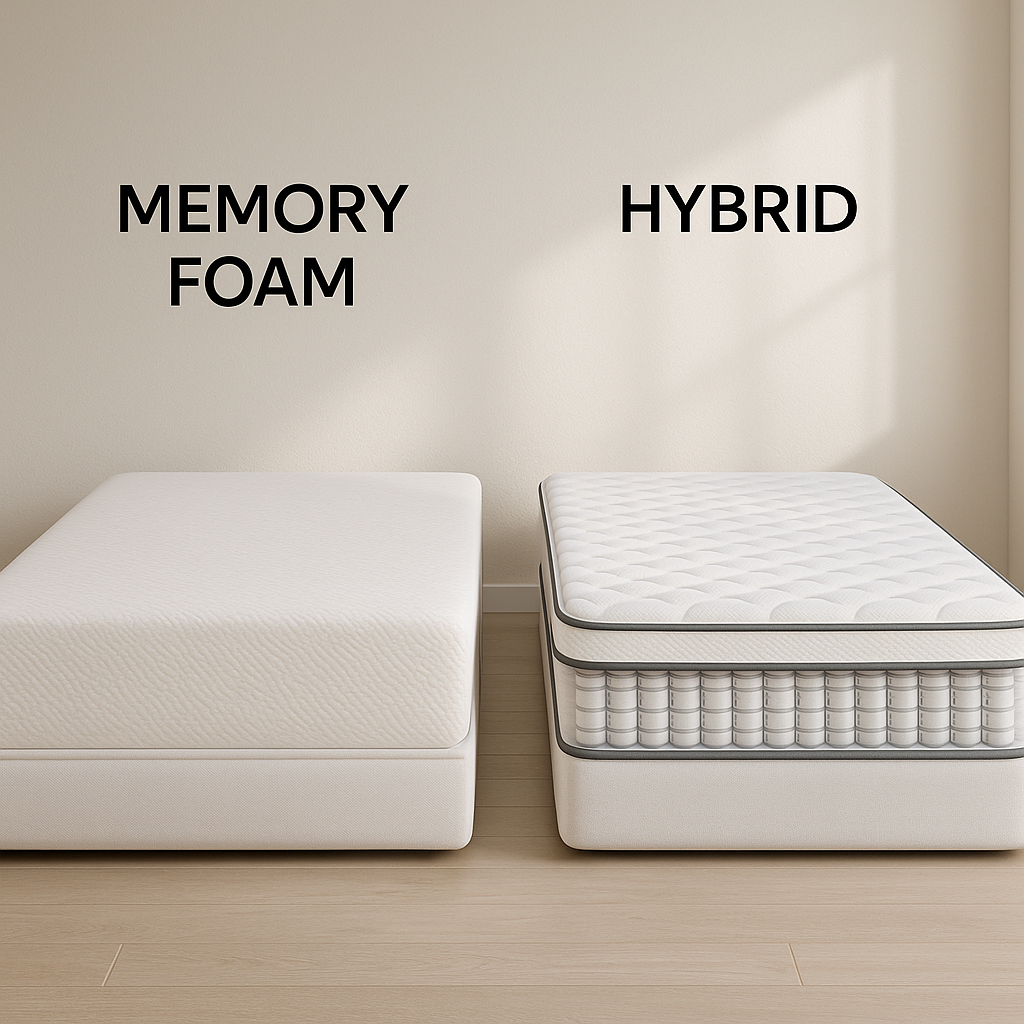
This comprehensive exploration delves into the science behind memory foam and hybrid mattresses, examining peer-reviewed research on spinal alignment, pressure relief, and sleep quality to help you make an informed decision. We'll explore the neurobiological processes that occur during sleep, how different mattress types affect these processes, and what the latest research reveals about optimal sleep surface characteristics.
Whether you're a side sleeper dealing with pressure points, a back sleeper concerned about spinal alignment, or someone who simply wants to understand what makes one mattress better than another, this guide provides evidence-based insights to help you navigate the complex world of sleep technology.
Memory foam, originally developed by NASA in the 1960s to improve aircraft seat cushioning, has become one of the most studied and widely used materials in sleep technology. The scientific name for this material—viscoelastic polyurethane foam—hints at its unique properties that have made it revolutionary in the mattress industry.
Memory foam is characterized by its ability to respond to heat and pressure by conforming to the body's contours. Research published in the Journal of the Ergonomics Society of Korea compared memory foam with other mattress types in 35 people with different sleeping positions and found that memory foam provided more comfort and lower body pressure than other mattresses.
This unique response occurs because memory foam's cellular structure contains viscoelastic polymers that become more pliable when exposed to body heat. As these cells soften, they create an impression that matches the sleeper's body contours, distributing weight more evenly across the sleep surface than traditional spring mattresses.
Systematic reviews of mattress research have consistently identified memory foam's superior pressure relief capabilities as one of its primary benefits. The material's ability to contour reduces pressure on key points like hips, shoulders, and knees—areas where traditional mattresses often create uncomfortable pressure buildup.
When we spoke with Dr. Suzanne Gorovoy, a clinical sleep psychologist, about memory foam's benefits for pain relief, she explained: "Good sleep often starts with comfort. For people with joint or back pain, memory foam can provide cushioning that traditional spring mattresses don't always offer." Essentially, she's highlighting that physical comfort forms the foundation of quality sleep, and memory foam's contouring properties can be particularly beneficial for those dealing with joint or back discomfort by providing targeted pressure relief that traditional spring systems cannot match.
This pressure relief occurs through a process called pressure redistribution. Instead of concentrating body weight on a few high-pressure points, memory foam reduces pressure injuries by spreading the load across a larger surface area. Research indicates this can be particularly beneficial for side sleepers, who often experience pressure buildup at the hips and shoulders.
One of memory foam's most scientifically documented advantages is its exceptional motion isolation. Sleep research has shown that memory foam absorbs motion transfer significantly better than innerspring mattresses, making it ideal for couples where one partner's movement might otherwise disturb the other's sleep.
This occurs because memory foam's viscoelastic properties absorb kinetic energy rather than transferring it across the sleep surface. When one person moves, the energy dissipates into the foam structure rather than creating vibrations that travel to other areas of the mattress.
One of the most studied limitations of traditional memory foam involves heat retention. Research has documented that memory foam's dense cellular structure can trap body heat, potentially causing discomfort for temperature-sensitive sleepers.
However, modern memory foam technology has evolved significantly to address this issue. Manufacturers now incorporate cooling gels, open-cell structures, and copper infusions designed to enhance thermal regulation. Studies show these innovations have substantially improved memory foam's temperature neutrality while maintaining its beneficial pressure relief properties.
Hybrid mattresses represent a sophisticated approach to sleep surface design, combining the pressure relief of foam layers with the support and breathability of coil systems. This engineering approach addresses many of the limitations of both all-foam and traditional innerspring designs.
Research on mattress construction indicates that hybrid mattresses typically feature a substantial coil layer (usually 6-8 inches) topped with multiple foam layers that may include memory foam, latex, or specialty polyfoams. This construction creates what engineers call "zoned support"—different areas of the mattress provide varying levels of firmness based on body regions that need different support characteristics.
Dr. Michael Grandner, a sleep expert and professor of neuroscience, shared his perspective on hybrid mattresses as a compromise solution: "For people who like the contour of foam but want more support or sleep cooler, hybrids can offer an ideal middle ground." What he's getting at is that hybrid mattresses successfully bridge the gap between the pressure-relieving benefits of foam and the structural support and temperature regulation of coil systems, making them perfect for sleepers who want the best of both worlds.
Scientific analysis of thermal properties shows that hybrid mattresses typically sleep cooler than all-foam designs due to the natural air circulation created by coil systems. The spaces between coils create convection currents that help dissipate body heat, addressing one of the primary complaints about traditional memory foam.
Research on mattress longevity indicates that hybrid mattresses often provide superior edge support compared to all-foam designs. The coil perimeter, often reinforced with firmer gauge springs, maintains structural integrity even when weight is concentrated near the mattress edges.
This enhanced edge support serves multiple functional purposes: it makes the mattress feel larger, provides a stable sitting surface, and can help couples maximize their usable sleep space.
Understanding which mattress type is "better" requires examining how different sleep surfaces affect spinal alignment—one of the most critical factors in both sleep quality and long-term musculoskeletal health.
Comprehensive systematic reviews examining controlled trials published since 2000 have reached a consistent conclusion: medium-firm mattresses promote sleep quality and proper spinal alignment better than other firmness levels. This research analyzed studies comparing soft, medium-firm, firm, and customizable mattresses across diverse populations.
A major study published in PMC reviewing 39 qualified articles concluded that medium-firm mattresses promote comfort, sleep quality, and proper spinal alignment better than other firmness levels. The research found that mattresses maintaining the spine's natural curvature while providing adequate support were associated with reduced pain and improved sleep metrics.
Research published in medical journals has established clear correlations between sleeping positions and optimal mattress characteristics:
Side Sleepers: Studies published in Spine journal found that side sleepers benefit from softer or medium-firm mattresses that cradle the hips and shoulders, reducing pressure points and promoting spinal alignment. A 2018 study found that side sleepers on softer mattresses reported less back pain and improved sleep quality. Choosing the best sleeping position can optimize your mattress selection.
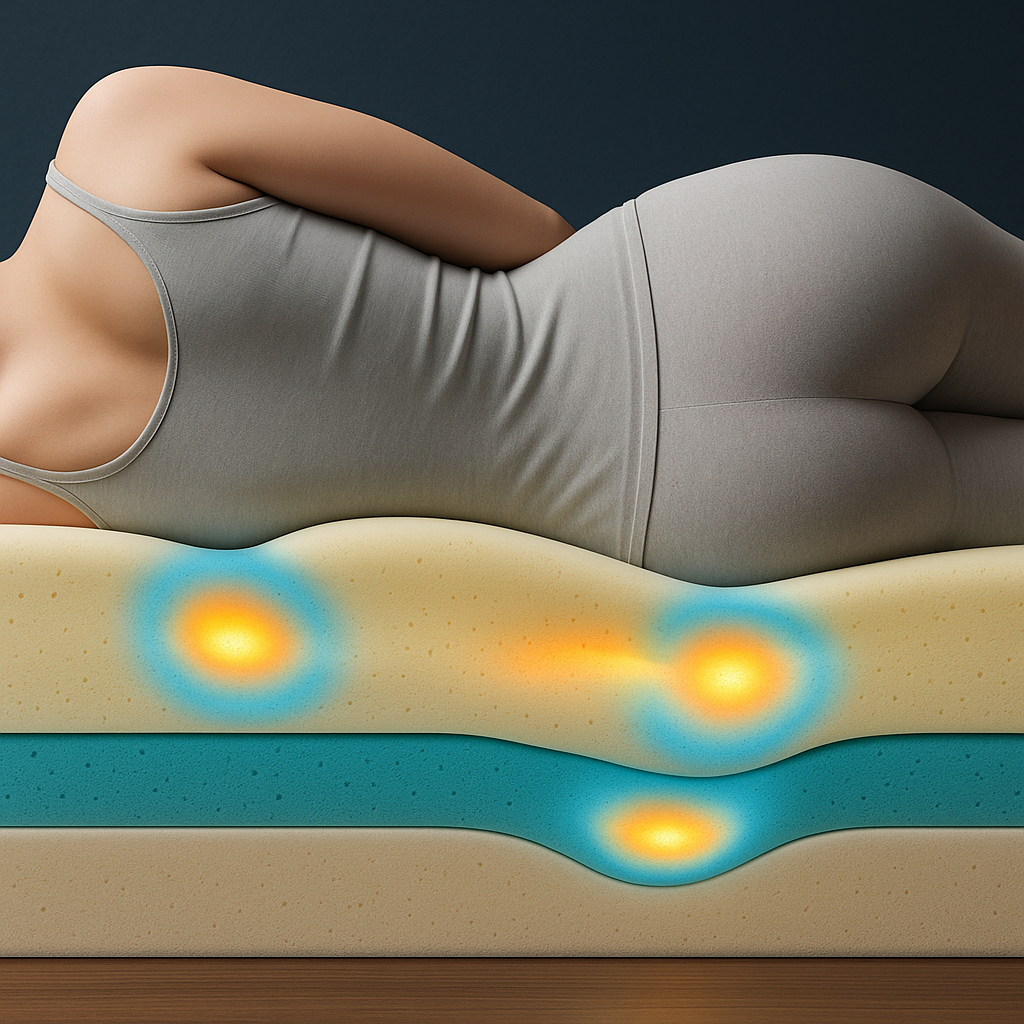
Back Sleepers: Research in Sleep Health Journal indicates that back sleepers benefit from medium-firm to firm mattresses that provide adequate lumbar support and maintain the spine in a neutral position.
Stomach Sleepers: Studies in the International Journal of Spinal Research found that stomach sleepers experienced less back pain on firmer mattresses that prevent excessive sagging of the hips and maintain spinal curvature.
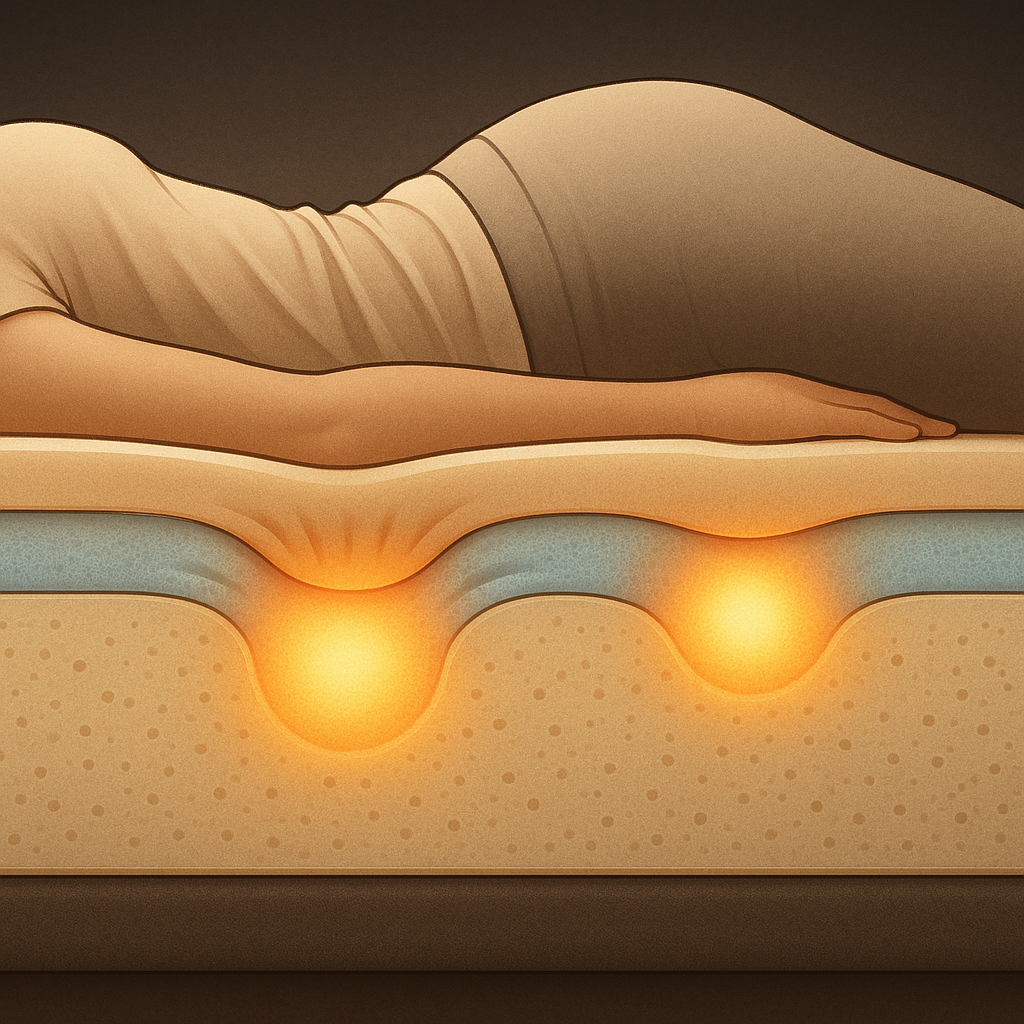
Recent research using MRI technology has provided unprecedented insights into how different mattresses affect spinal alignment. Mattress stiffness influences spinal curvature as demonstrated in studies of 20 healthy subjects using magnetic resonance imaging to assess lumbar angles in supine positions, finding significant differences between mattress surfaces and rigid surfaces.
These studies utilize sophisticated measurement techniques including pressure mapping, 3D body scanning, and polysomnography to objectively assess how different mattress types affect sleep quality metrics.
The relationship between sleep temperature and sleep quality represents one of the most scientifically well-documented aspects of sleep environment optimization. Understanding how memory foam and hybrid mattresses affect thermal regulation can significantly impact sleep quality.

Research published in sleep science journals indicates that thermal environment affects sleep stages as thermoregulation is critical to sleep, with a drop in core body temperature triggering sleep onset while a rise in temperature promotes wakefulness. This makes the thermal properties of sleep surfaces crucial for maintaining optimal sleep architecture.
Studies show that sleep quality can be significantly compromised when the sleep environment fails to support natural thermoregulatory processes. For those who tend to sleep hot, mattress choice becomes particularly important for maintaining comfortable sleep temperatures throughout the night.
Scientific analysis consistently shows that hybrid mattresses outperform traditional memory foam in temperature regulation. The coil systems create natural air circulation pathways that help dissipate body heat, while the reduced foam content minimizes heat retention.
This thermal advantage has made hybrids increasingly popular among hot sleepers and those living in warmer climates where temperature regulation becomes a primary comfort concern.
Modern memory foam technology has made significant strides in addressing thermal concerns. Research shows that innovations including gel infusions, open-cell structures, and phase-change materials have substantially improved the temperature neutrality of memory foam mattresses while maintaining their pressure relief benefits.
Body weight represents a crucial factor in mattress selection that's often overlooked but strongly supported by research evidence.
Analysis of sleep surface preferences indicates that lightweight sleepers often prefer memory foam mattresses. Since mattresses feel firmer to lighter individuals, the contouring properties of memory foam can provide ideal pressure relief without feeling overly firm.
For lightweight sleepers, particularly those who prefer side sleeping positions, memory foam's ability to cradle pressure points while maintaining support often provides optimal comfort.
Research suggests that average-weight individuals typically experience good results with either memory foam or hybrid mattresses. For this population, other factors like sleeping position, temperature sensitivity, and personal preferences for firmness become more important than weight-related support requirements.
Studies consistently indicate that heavier individuals benefit more from hybrid mattresses. The coil support systems provide better long-term support and prevent excessive sinkage that could lead to spinal misalignment.
According to Dr. Shiyan Yeo, an internal medicine and sleep medicine expert, when it comes to mattress selection for back pain: "Back pain is highly individual. Some people need more softness to relieve pressure, others need firmness to keep the spine aligned. The key is to find the balance that supports your natural posture." Put simply, she's emphasizing that there's no one-size-fits-all solution for back pain relief—the optimal mattress depends on your specific condition, with some people requiring softer surfaces for pressure point relief while others need firmer support for spinal alignment.
For couples, motion isolation becomes a critical factor in overall sleep quality and relationship satisfaction.
Research using accelerometry and pressure sensing has objectively measured motion transfer across different mattress types. Motion transfer affects sleep architecture, with studies showing memory foam provides up to 90% reduction in motion transfer compared to traditional innerspring mattresses.
While hybrids don't match memory foam's motion isolation performance, modern hybrid designs using individually wrapped (pocketed) coils perform significantly better than traditional innerspring mattresses. The individual coil encasement prevents motion from transferring across the coil system, though some movement may still occur through the foam comfort layers.
Studies examining sleep quality in couples have found that poor motion isolation can lead to sleep fragmentation, reduced REM sleep, and daytime fatigue. For couples where one partner is a restless sleeper, motion isolation capabilities can significantly impact both partners' sleep quality.
Understanding how different mattress types perform over time is crucial for making informed purchase decisions.
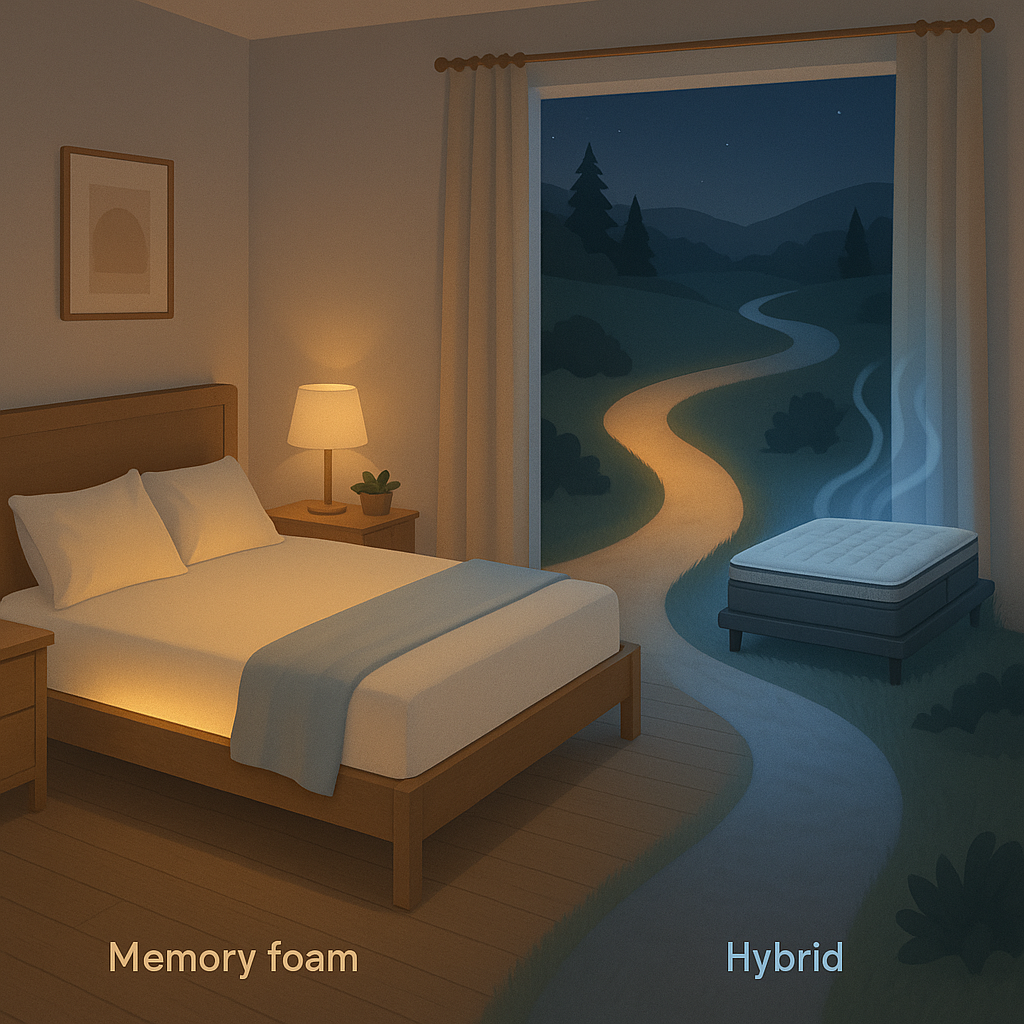
Research on mattress durability indicates that both memory foam and hybrid mattresses typically last 6-10 years, though this varies significantly based on construction quality, materials, and usage patterns.
Studies using mechanical durability testing have found that:
Research examining long-term mattress performance reveals different degradation patterns between mattress types:
Memory Foam: Tends to experience gradual softening over time as the foam cells lose their elasticity. However, high-quality memory foam maintains its essential properties for many years with proper care.
Hybrid Mattresses: The coil systems typically maintain their support longer than foam components, but the comfort layers may compress over time. The multi-component construction can result in more complex wear patterns.
Research indicates that proper mattress care significantly extends lifespan regardless of type. This includes regular rotation, using appropriate foundations, and protecting against moisture and temperature extremes.
The relationship between mattress choice and health outcomes has been extensively studied, with important implications for various health conditions.
Harvard Medical School research on mattress selection for back pain has found that extremely firm mattresses are not necessarily optimal. A survey of 268 people with low back pain found that those who slept on very hard mattresses had the poorest sleep quality, while there was no significant difference between medium-firm and firm mattresses.
Clinical research has documented that pressure point relief varies significantly between individuals based on factors including:
Recent polysomnography studies examining the effect of mattress firmness on sleep architecture found that medium-firm mattresses produced the most stable sleep patterns, with reduced sleep latency and fewer stage transitions compared to very soft or very firm surfaces. Increasing deep sleep naturally involves optimizing both mattress selection and sleep environment factors.
Mattress selection should be considered within the broader context of sleep environment optimization.
Research on optimal sleep environments indicates that bedroom temperature significantly affects sleep quality, with most people sleeping best in environments between 60-67°F (15-19°C). Optimizing your bedroom temperature can work synergistically with mattress choice to affect overall thermal comfort.
Studies on sleep improvement consistently show that sleep hygiene practices optimize rest when combined with comprehensive sleep hygiene practices including:
Improving your sleep hygiene forms the foundation of quality sleep, regardless of mattress type. Managing technology in the bedroom complements proper mattress selection for optimal sleep environment creation.
For those experiencing sleep anxiety, mattress comfort can play a crucial role in reducing nighttime stress and promoting relaxation. Breaking the cycle of sleep anxiety often requires addressing both physical comfort and mental preparation for sleep.
Choosing between memory foam and hybrid mattresses involves balancing multiple factors based on individual needs and preferences.
Consumer research emphasizes the importance of extended trial periods, as it can take 2-4 weeks for the body to fully adapt to a new sleep surface. Many online mattress companies now offer 90-365 night trial periods, recognizing this adaptation period.
While both memory foam and hybrid mattresses are available across price ranges, hybrids typically command higher prices due to their complex construction. However, sleep quality improvements justify mattress investment through better health, mood, and productivity.
Sleep research indicates that sleep needs and preferences can change over time due to factors including:
For individuals with chronic pain conditions, sleep disorders, or other health concerns, consulting with healthcare providers or sleep specialists can provide valuable guidance in mattress selection as part of comprehensive sleep health management.
The mattress industry continues to evolve with new technologies and materials that may influence future choices between memory foam and hybrid designs.
Emerging research explores how smart mattress technologies, including temperature regulation systems, sleep tracking, and automated firmness adjustment, may enhance both memory foam and hybrid designs.
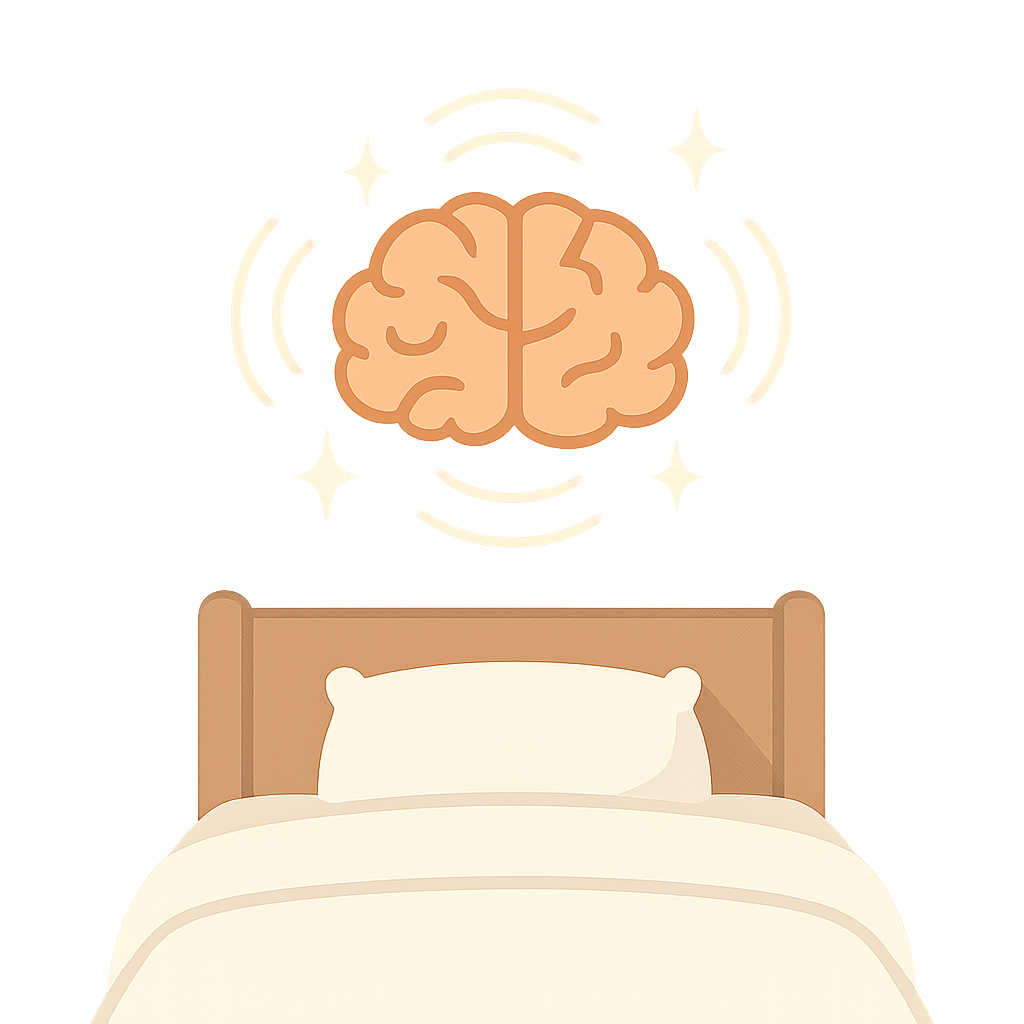
Growing consumer awareness of environmental impact is driving development of more sustainable memory foam and hybrid mattress options, including plant-based foams and recyclable coil systems.
Research into personalized sleep solutions suggests that future mattress technologies may offer increasingly customized support based on individual sleep patterns, body composition, and health metrics.
Mattress selection represents just one component of comprehensive sleep optimization that should be integrated with other lifestyle factors.
Research on exercise timing shows that physical activity affects sleep quality and may influence mattress firmness preferences. Regular exercisers may prefer firmer support surfaces, while sedentary individuals might benefit from enhanced pressure relief.
Studies examining the relationship between diet and sleep indicate that meal timing and food choices can affect sleep quality, potentially interacting with mattress comfort to influence overall rest quality.
Research consistently shows that stress management significantly affects sleep quality. A comfortable, supportive mattress can contribute to stress reduction by eliminating physical discomfort that might otherwise trigger nighttime anxiety. Natural sleep remedies can complement proper mattress selection for comprehensive sleep improvement.
For those seeking comprehensive sleep improvement, Sleep Reset coaching programs combine evidence-based sleep optimization techniques with personalized guidance. These programs recognize that mattress selection is one component of a holistic approach to sleep health that includes behavioral changes, stress management, and sleep environment optimization.
Research on CBT-I based sleep coaching demonstrates significant improvements in sleep quality when individuals receive personalized guidance on creating optimal sleep environments, including mattress selection as part of comprehensive sleep hygiene protocols. Understanding what a sleep coach can do reveals how professional guidance enhances mattress selection decisions.
CBT-I approaches to better sleep integrate mattress optimization with behavioral and cognitive strategies for comprehensive sleep improvement.
After examining extensive research on memory foam and hybrid mattresses, several key principles emerge:
Discovering effective ways to improve sleep includes proper mattress selection as a fundamental component.
Research supports memory foam selection for individuals who:
Research supports hybrid selection for individuals who:
Dr. Michael Grandner offers this insight about the most important factors in mattress selection: "The best mattress is the one that helps you sleep comfortably through the night and wake up feeling rested. While research provides guidelines, individual testing and preference remain crucial." The takeaway here is that despite all the scientific research and general guidelines available, the ultimate measure of mattress quality is subjective—how well it works for your specific body and sleep patterns—making personal testing and comfort assessment more important than following universal recommendations.
The question "memory foam vs. hybrid mattress—does it really matter?" has a nuanced answer rooted in scientific evidence: yes, it matters, but not in the way marketing claims often suggest. What matters most is finding a sleep surface that supports your individual anatomy, sleep preferences, and health needs.
Both memory foam and hybrid mattresses can provide excellent sleep when properly matched to individual requirements. Comprehensive systematic reviews consistently point to medium-firm surfaces as optimal for most people, regardless of whether that firmness comes from advanced memory foam or hybrid construction.
The most important factors for sleep quality include:
Understanding how to get better sleep involves integrating mattress selection with comprehensive sleep optimization strategies.
For those seeking comprehensive sleep improvement, mattress selection should be part of a holistic approach that includes optimizing sleep environment, managing stress, maintaining consistent sleep schedules, and addressing any underlying health issues that affect sleep quality.
Whether you choose the contouring embrace of memory foam or the balanced support of a hybrid, remember that the best mattress is one that disappears into the background, allowing your body's natural restorative processes to unfold unimpeded. Your spine will maintain its natural alignment, your pressure points will be cushioned appropriately, and you'll wake up feeling refreshed and ready to take on the day.
In the end, the memory foam vs. hybrid debate is less about finding a universal winner and more about understanding which characteristics matter most for your unique sleep needs. Focus on quality sleep habits, invest in a mattress that supports your individual requirements, and remember that good sleep is one of the most important investments you can make in your health and well-being.
Sweet dreams, and may your chosen sleep surface carry you gently through restorative nights for years to come.

Dr. Shiyan Yeo
Dr. Shiyan Yeo is a medical doctor with over a decade of experience treating patients with chronic conditions. She graduated from the University of Manchester with a Bachelor of Medicine and Surgery (MBChB UK) and spent several years working at the National Health Service (NHS) in the United Kingdom, several Singapore government hospitals, and private functional medicine hospitals. Dr. Yeo specializes in root cause analysis, addressing hormonal, gut health, and lifestyle factors to treat chronic conditions. Drawing from her own experiences, she is dedicated to empowering others to optimize their health. She loves traveling, exploring nature, and spending quality time with family and friends.